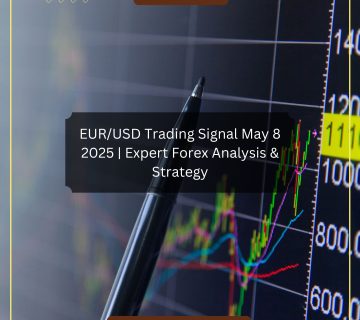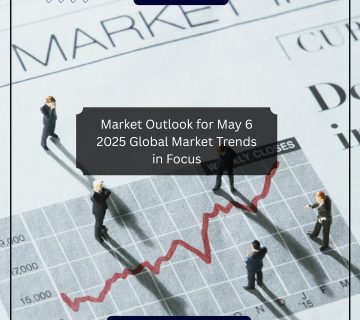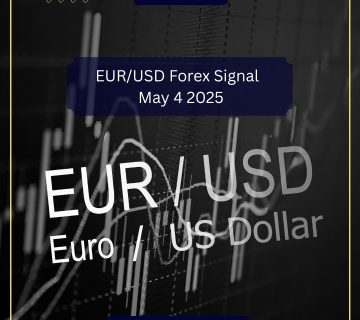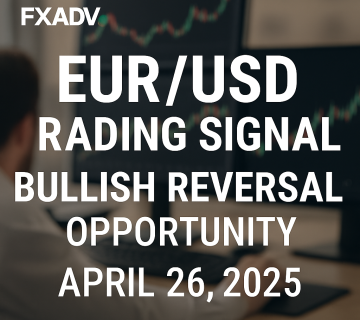Unlocking the Secrets of the European Forex Market: How Recent Trends and ECB Decisions are Shaping Opportunities for Traders
European Forex trends, EUR/USD forecast, ECB rate cuts
The European Forex market has experienced significant fluctuations in recent weeks, largely influenced by ongoing macroeconomic shifts, central bank decisions, and global geopolitical developments. Understanding these trends is crucial for traders looking to navigate the market effectively and capitalize on opportunities. This article provides an in-depth look at the factors driving recent movements in the EUR/USD pair and their implications for traders.
1. Impact of European Central Bank (ECB) Policies
The ECB has been at the center of attention for Forex traders due to its recent rate cuts and economic stimulus measures aimed at countering slowing growth and declining inflation across the Eurozone. In its latest meeting, the ECB cut interest rates by 0.25%, a move viewed by many as cautious amidst growing pressure to take more aggressive action. The ECB’s approach has created uncertainty in the market, causing increased volatility in the EUR/USD pair.
How ECB Rate Cuts Affect the Forex Market
The primary objective of the ECB’s rate cuts is to encourage borrowing and spending, ultimately driving economic growth. However, when interest rates fall, the Euro often depreciates against other currencies as lower rates make the currency less attractive to foreign investors. In recent weeks, the EUR/USD pair has been hovering around the 1.1168 mark, with traders speculating on further rate cuts in the ECB’s upcoming October meeting(
2. Eurozone Economic Indicators: A Mixed Bag
Economic data from the Eurozone has been lackluster, particularly from key economies like Germany and France. The latest GDP growth figures indicate stagnation, while inflation has remained well below the ECB’s target of 2%. Moreover, wage growth has softened, and profit margins for businesses have shrunk, leading to subdued economic activity across the region. This has intensified market expectations for additional monetary easing by the ECB before the end of the year(
The Role of Inflation and Employment Data
The Eurozone’s harmonized inflation fell below 2% in August, and unemployment rates have remained steady at 6.4%, reflecting limited improvements in the labor market. These indicators are critical in shaping the ECB’s policy decisions, and traders are closely watching how these metrics evolve over the coming months(
3. The Dollar’s Strength and Its Influence on the EUR/USD Pair
The strength of the US Dollar has been another key factor affecting the EUR/USD exchange rate. A stronger dollar typically weighs on the Euro, making it more challenging for the ECB to achieve its economic objectives. In September, the US Dollar surged to a three-week high following a robust ADP employment report that showed a higher-than-expected increase in private payrolls. This development has bolstered the case for the Federal Reserve to maintain its current interest rate stance, creating a divergence in monetary policy between the Fed and the ECB(
European Forex trends
4. Geopolitical Tensions and Market Sentiment
Geopolitical tensions, particularly in the Middle East, have further complicated the Forex landscape. Rising oil prices and increased uncertainty around global supply chains have led to heightened risk aversion among investors, prompting them to seek safe-haven assets like the US Dollar. This shift has contributed to the Euro’s recent weakness, as investors move away from riskier assets and currencies(
European Forex trends
5. Forecast for the EUR/USD Pair in the Coming Weeks
Looking ahead, the EUR/USD pair is expected to remain under pressure, with a speculative price range between 1.1080 and 1.1320. The pair’s ability to break above the 1.1200 level will depend largely on upcoming US employment data and the ECB’s rate decision on October 17th. If US job numbers disappoint, it could provide a bullish signal for the Euro, pushing the pair higher. Conversely, a stronger-than-expected US labor market could solidify the Dollar’s dominance and keep the EUR/USD in a downward trajectory(
European Forex trends
6. Trading Strategies for the Current Market Environment
Given the current market dynamics, traders should consider adopting a cautious approach. Strategies such as range trading, where positions are taken based on the assumption that prices will remain within a specific range, can be effective. For those with a higher risk tolerance, breakout strategies targeting key levels like 1.1200 could also be explored. However, it’s essential to stay informed and adjust strategies based on the latest economic releases and central bank commentary.
7. Conclusion: Navigating the European Forex Market
The European Forex market is at a crossroads, with traders awaiting clarity from the ECB and the Fed. As the global economic landscape remains uncertain, it’s crucial for traders to stay updated on macroeconomic trends and adjust their strategies accordingly. Whether you are a day trader looking for short-term opportunities or a long-term investor, keeping a close eye on ECB policies, economic indicators, and geopolitical developments will be key to navigating the market successfully.
The Best Forex Trading Platforms of 2024
Forex Tips: 5 Forex Tips for Beginners to Start Trading Confidently
Learn Forex for all levels for free














